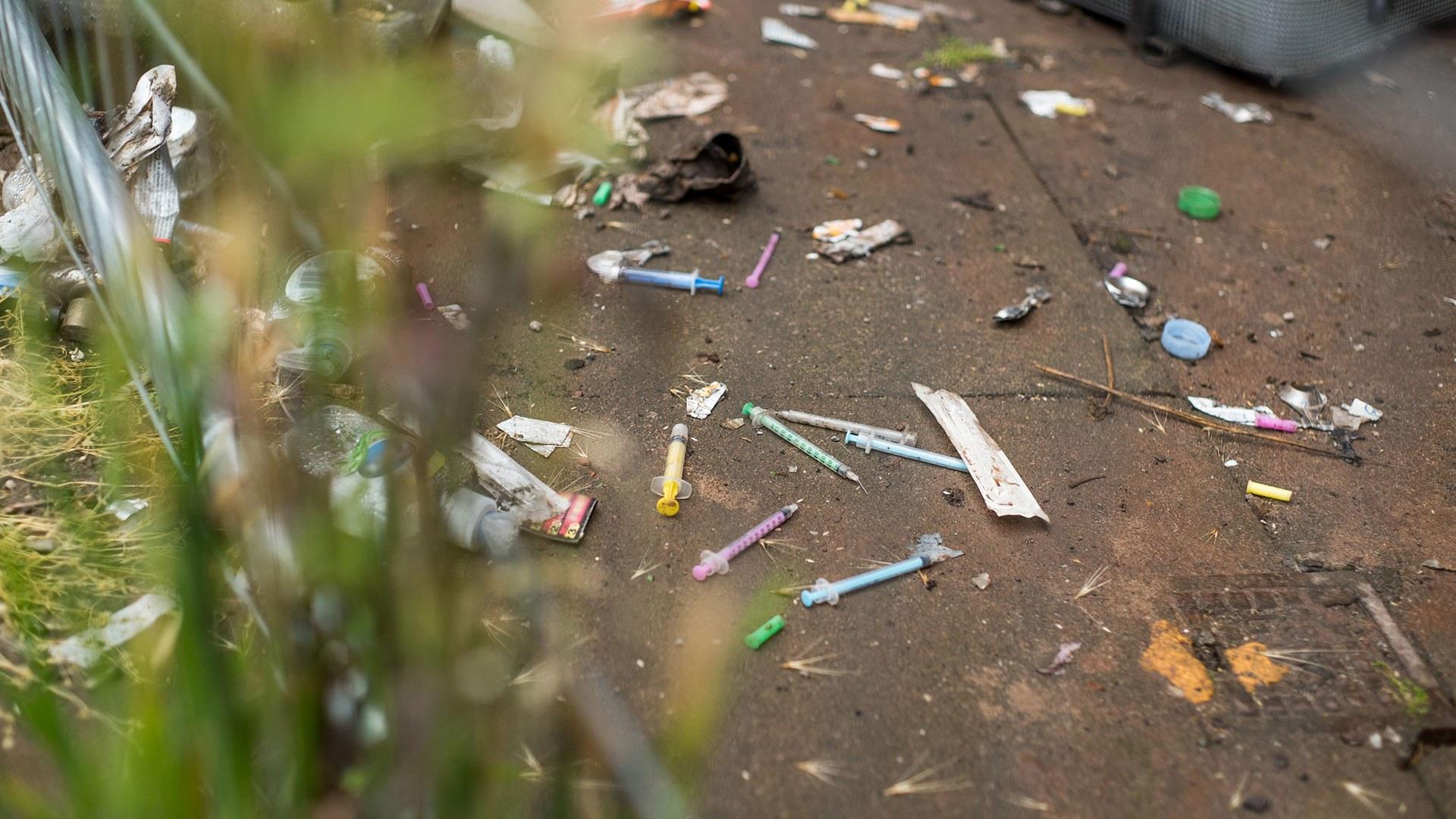
Photo by iStock
A University of Maryland anthropologist is taking to the New York City and San Francisco streets to better understand how and why homeless persons use fentanyl combined with stimulants like cocaine and methamphetamine.
Assistant Professor Andrea Lopez’s efforts are part of a five-year study—led by Yale University's Ryan McNeil and the University of California San Francisco's (UCSF) Kelly Knight—that was awarded $2.5 million from the National Institute on Drug Abuse. As a co-investigator, Lopez will help document how this especially at-risk population is engaging in a deadly phenomenon experts are now calling “polysubstance use.” According to the Centers for Disease Control and Prevention, nearly half of all overdose deaths in 2019 involved using more than one drug.
“We’re seeing this transition now in terms of national data where the toxicology reports of a lot of deaths that are reported have a combination of stimulants and opioids, but those toxicology reports don’t explain what’s going on on the ground,” said Lopez. “There are multiple pathways that define what a person’s drug use trajectory is.”
While encouraging physicians to avoid potentially unnecessary opioid prescriptions has been one of the most common mitigation strategies, Lopez pointed out that this addresses only one possible pathway, and just a small fraction of those who are historically most affected by overdoses.
“There are a lot of issues around racism and marginalization that intersect and prevent a person from being able to get opioids from a clinician in the first place,” Lopez said. “The goal here is to understand some of those other pathways within the homeless community, and also think through how those drug use patterns evolve in response to changes in housing status, changes in engagement with overdose prevention or treatment, and the trajectories associated with those patterns.”
Between street-based study recruitment and visits to centers for opioid treatment that Lopez, Knight and Ricky Bluthenthal, from the University of Southern California (USC), have worked with during past projects, the researchers hope to walk away with an intimate understanding of how homeless persons’ polysubstance use occurs, and is impacted over time by various structural conditions.
“When you really center and engage people who use drugs as a way to inform how we understand overdose vulnerability and the impacts of access to treatment, access to housing programs and access to overdose prevention, then you can really understand what those decision-making processes are and create better, more robust prevention programs and interventions,” said Lopez.
She was recently appointed to the Maryland Department of Health's Standing Advisory Committee on Opioid-Associated Disease Prevention and Outreach Programs and was elected vice chair on the Board of HIPS, the largest harm-reduction direct-service provider in Washington, D.C. Lopez has also published on racial disparities in the overdose crisis as well as the co-use of methamphetamines and opioids.
“This is critically important work that will save lives and reduce harm among multiple marginalized communities, with policy implications that extend beyond the two study sites,” said Barnet Pavão-Zuckerman, professor and chair of the Department of Anthropology. “This applied anthropology at its very best.”
Original news story by Rachael Grahame
